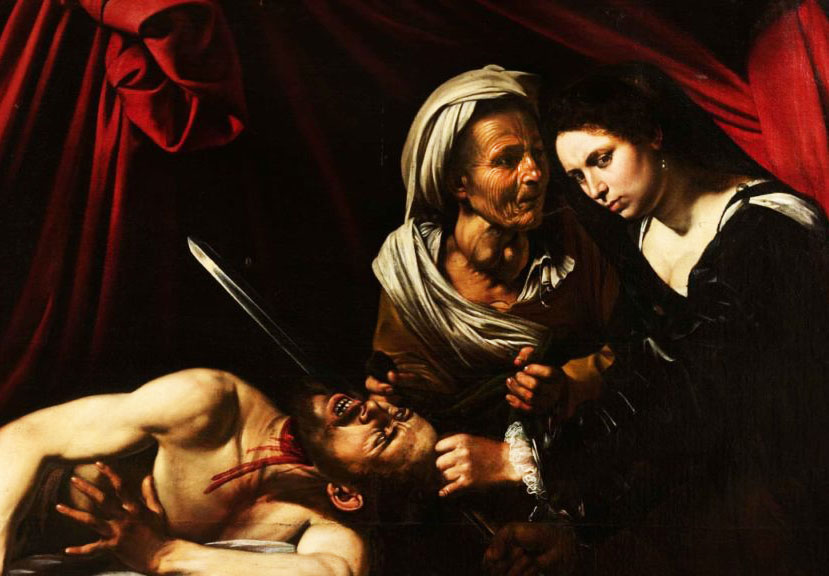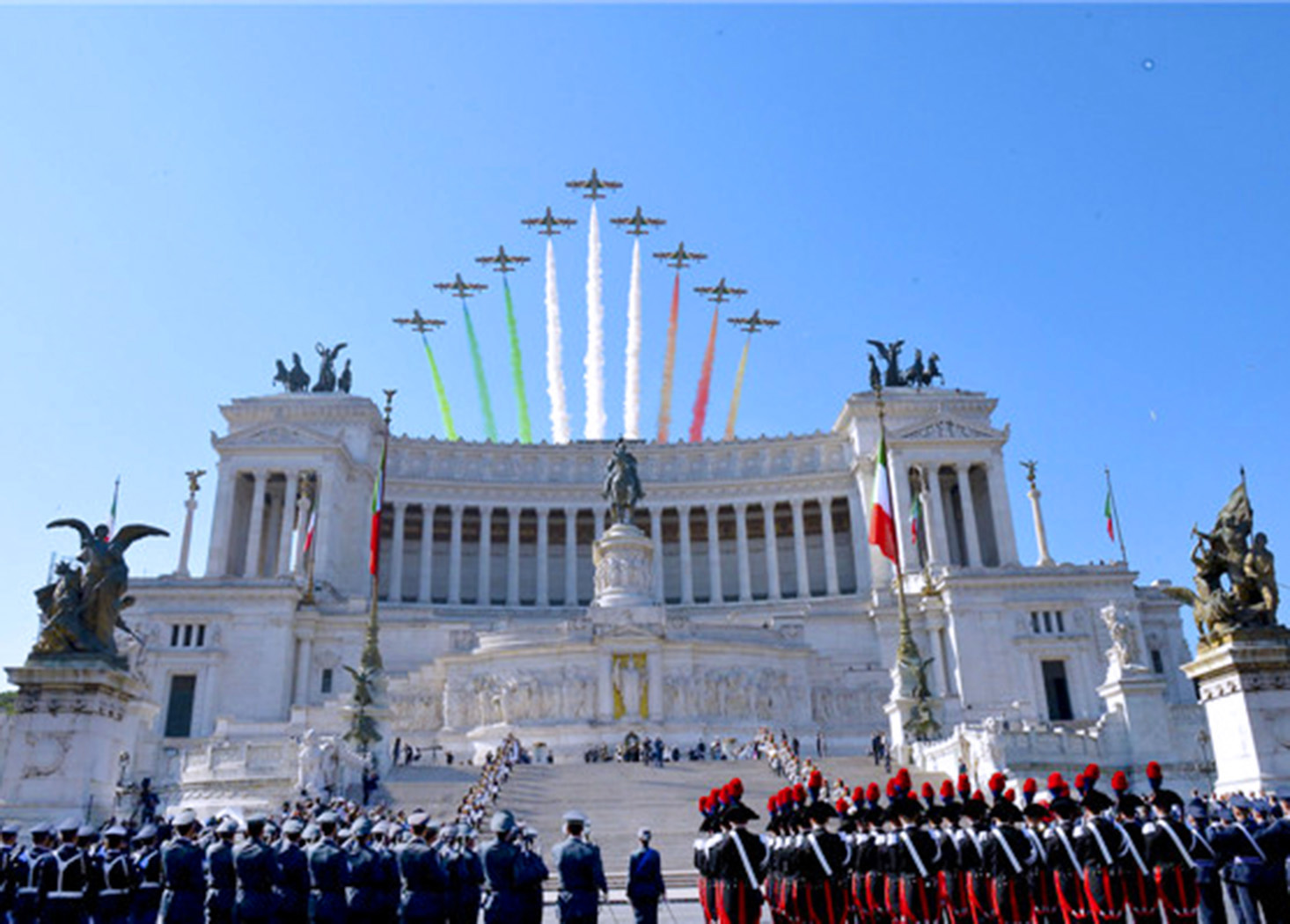A painting thought to be a lost masterpiece by Italian painter Caravaggio was purchased two days before it was due to be auctioned. The painting, found under an old mattress in the attic of a house in the French city of Toulouse, was snapped up by a foreign buyer. Art expert Eric Turquin who authenticated the painting, said it was worth between €100 and 150 million, although several Italian specialists have doubts about the canvas. Turquin, a world-renowned authority on Old Masters paintings, had staked his reputation on the work being the fiery artist’s lost painting of Judith and Holofernes.
The painting, depicting a grisly Biblical scene of the beautiful widow Judith beheading a sleeping Assyrian general, was to be auctioned in Toulouse, but before bidding could start, a foreign buyer close to a major museum stepped in, said Marc Labarbe, the local auctioneer who discovered the painting when he was asked to value ‘some old things in the attic’ five years ago. The fact that the offer came from a collector close to a major museum convinced the seller to accept the offer. Labarbe said he could not reveal the name of the buyer or the price paid because of a confidentiality agreement.
Art expert Turquin said he was sure that the painting was by the volatile and violent genius who created it while he was on the run from a death sentence for murder. “Not only is it a Caravaggio, but of all the Caravaggios that are known today, this is one of the great pictures,” he insisted. “The painting is in an extraordinarily good state.”
But although experts are united in hailing the quality of the work, specialists, particularly in Italy, have their doubts. They believe it is a copy made by the Flemish artist Louis Finson, who worked alongside Caravaggio as he painted. But Turquin is adamant it is the original from 1606, whose existence was first noted in letters between Italian dukes and art dealers four centuries ago. He became even more convinced following a cleaning of the canvas in January, which showed that the painting was changed as it was painted, with a significant amount of retouching, an aspect that would be very unlikely in a copy.
Turquin also said the painting marked a turning point in Caravaggio’s development as an artist. The fiercely original painter had created his first canvas on the theme, the far more formal Judith Beheading Holofernes in 1598, which hangs at the Palazzo Barberini in Rome. But by 1606, Caravaggio’s life had changed dramatically and he was on the run for murder. He fled to Naples after being condemned to death for stabbing a man in a street brawl in Rome.
“He was painting faster, more spontaneously and more strikingly,” said Turquin, adding that the painting reflected his darker view of life.
Other experts have speculated that Finson could have added his own touches to the canvas after Caravaggio left suddenly for Malta in 1607, where he hoped he might be safer from his enemies.
The family who owned the painting, who have not been named, believe it may have been brought to France by one of their ancestors. He was an officer in Napoleon’s army and had participated in the invasion of the Kingdom of Naples in 1806.





